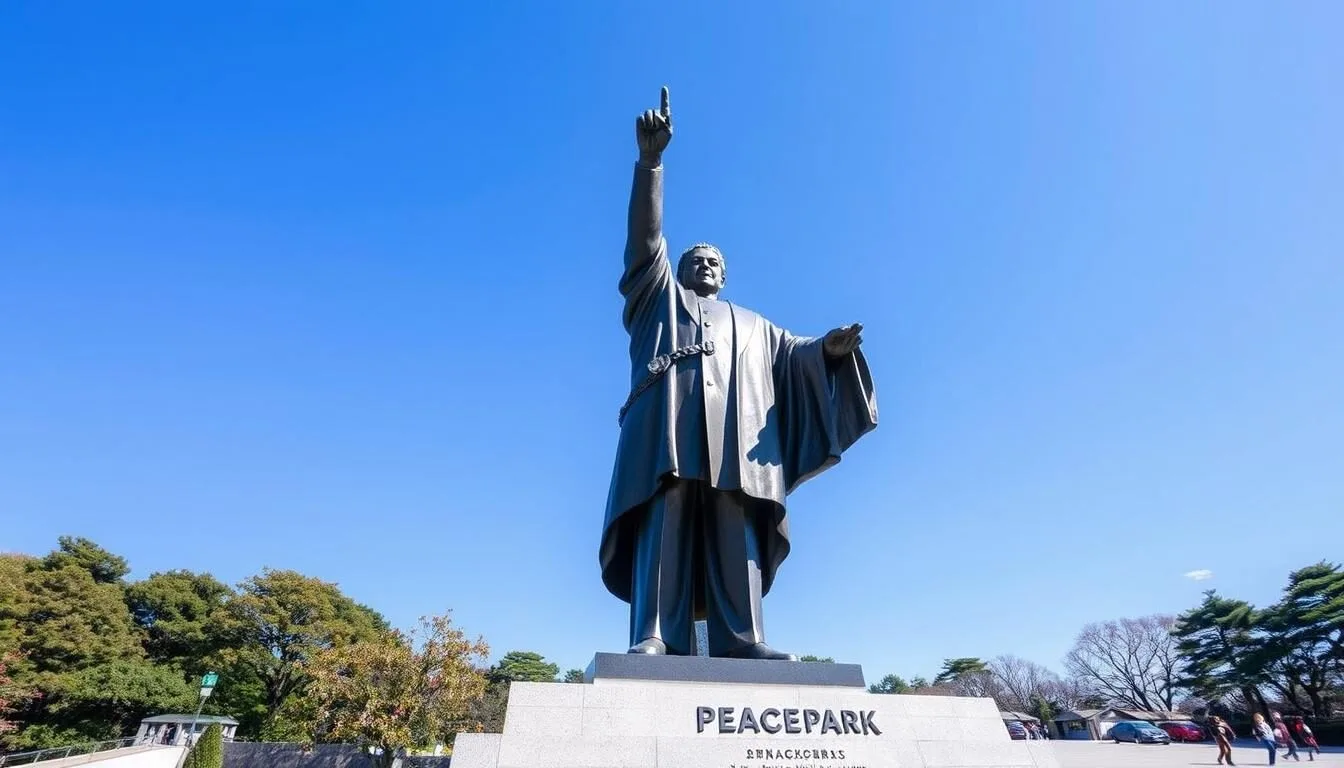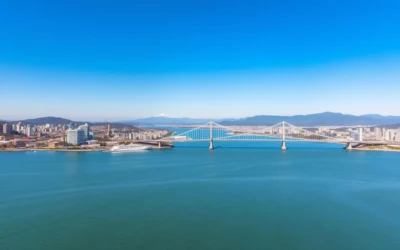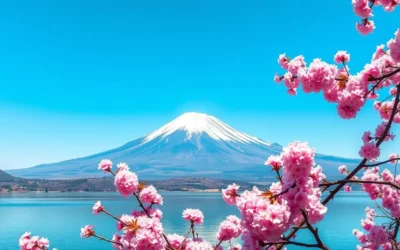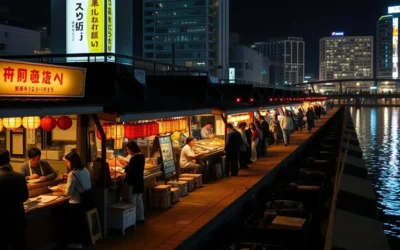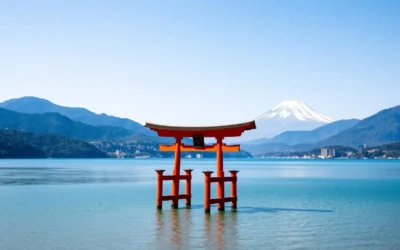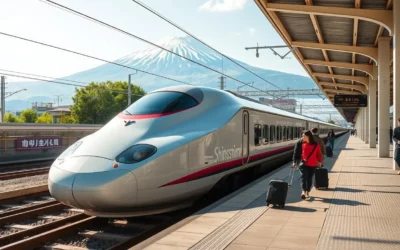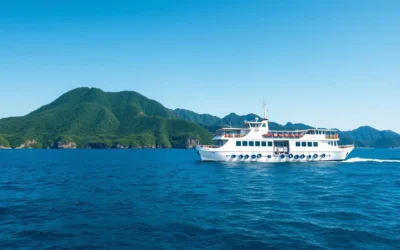✓ Tours & Activities ✓ Tours & Activities
Did you know that Nagasaki is the only city in Japan where you can find authentic Chinese temples, Dutch colonial buildings, and traditional Japanese shrines all within walking distance of each other? This unique cultural blend makes Nagasaki one of Japan’s most fascinating destinations, shaped by centuries as the country’s primary gateway to the outside world during its long period of isolation.
Getting to Nagasaki
Nagasaki is accessible by air, rail, and bus from major Japanese cities. The most convenient option for international travelers is flying into Fukuoka Airport, then taking the JR Kamome limited express train to Nagasaki (about 2 hours). Alternatively, Nagasaki Airport receives domestic flights from Tokyo, Osaka, and other major cities.
Ready to Book Your Trip to Nagasaki?
Find the best flight deals to start your Nagasaki adventure.
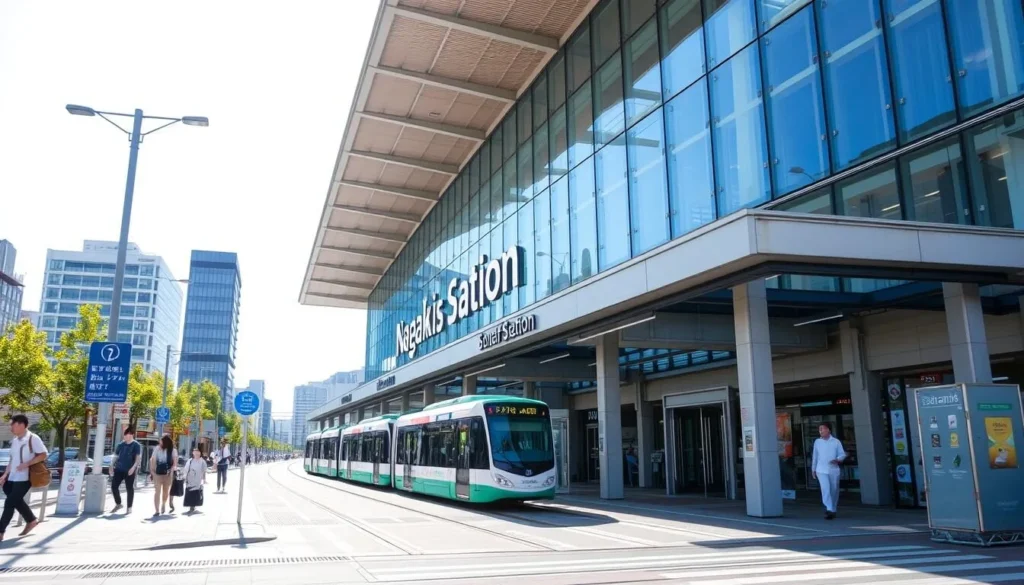
Best Time to Visit Nagasaki
Nagasaki enjoys a mild climate year-round, but the best times to visit are spring (March-May) and autumn (September-November). Spring brings cherry blossoms to Peace Park and other locations, while autumn offers comfortable temperatures and colorful foliage. Winter remains relatively mild, and summer can be hot and humid with occasional typhoons.
Seasonal Highlights
- Spring: Cherry blossom season (late March to early April)
- Summer: Nagasaki Seaside Festival (late July)
- Autumn: Nagasaki Kunchi Festival (October 7-9)
- Winter: Nagasaki Lantern Festival (Chinese New Year, usually January-February)
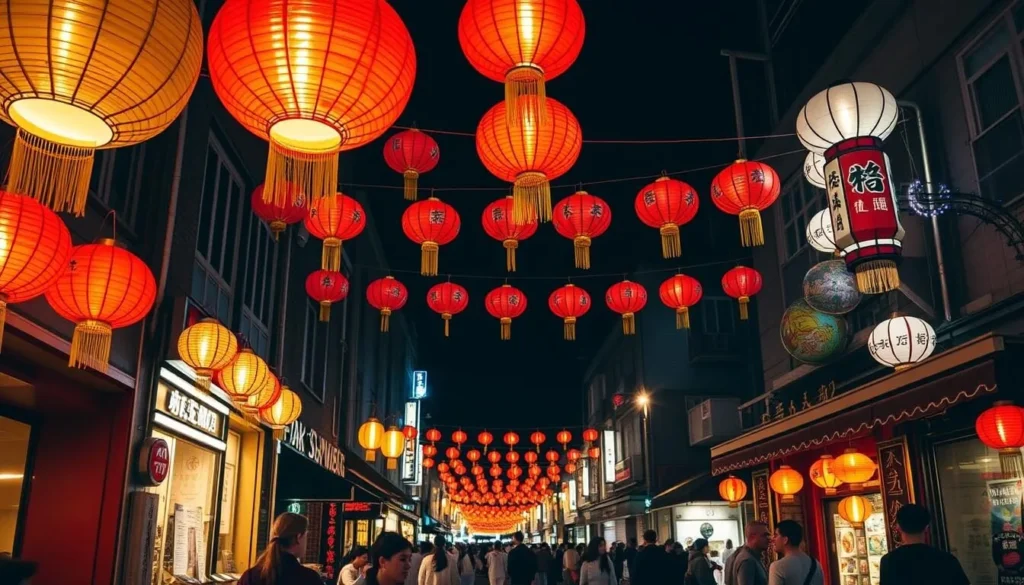
Getting Around Nagasaki
Nagasaki’s compact city center makes it easy to explore on foot, but the city also offers excellent public transportation options. The charming tram system (streetcar) is both practical and a tourist attraction itself, connecting most major sights for just 130 yen per ride. One-day passes are available for 500 yen, offering unlimited travel.
Transportation Options
- Trams: Cover most tourist areas with frequent service
- Buses: Reach attractions outside the tram network
- Rental cars: Useful for exploring the wider Nagasaki Prefecture
- Walking: Many attractions in the city center are within walking distance
For exploring beyond the city limits, consider renting a car:
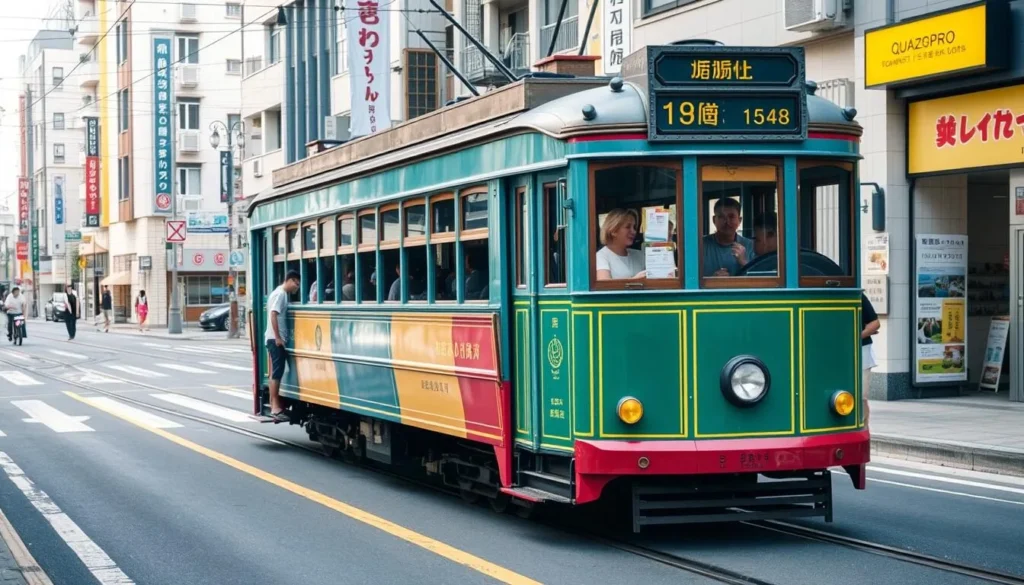
Where to Stay in Nagasaki
Nagasaki offers accommodation options for every budget, from luxury hotels to traditional ryokans and budget-friendly hostels. The most convenient areas to stay are near Nagasaki Station or in the downtown Shianbashi district, both offering easy access to public transportation and attractions.
Near Nagasaki Station
Perfect for travelers who want convenient access to transportation. This area offers modern hotels and easy connections to all parts of the city.
Shianbashi District
The entertainment and dining hub of Nagasaki. Stay here for nightlife, restaurants, and a central location within walking distance of many attractions.
Glover Garden Area
A scenic hillside neighborhood with historic significance. Offers charming boutique hotels and ryokans with views of the harbor.
Peace Memorials: Understanding Nagasaki’s History
Nagasaki’s atomic bombing on August 9, 1945, shaped the city’s modern identity and created powerful memorials dedicated to peace. These sites offer moving, educational experiences that help visitors understand this pivotal moment in world history.
Nagasaki Peace Park
This tranquil park commemorates the atomic bombing with the iconic Peace Statue at its center. The 9.7-meter bronze figure has one hand pointing upward to the threat of nuclear weapons and the other extended horizontally, symbolizing eternal peace. The park includes the Fountain of Peace and numerous monuments donated by countries around the world.
The annual Peace Memorial Ceremony is held here every August 9th, drawing visitors from around the world who come to pray for the victims and for lasting world peace.
Join a guided tour to fully understand the significance of Nagasaki’s peace memorials:
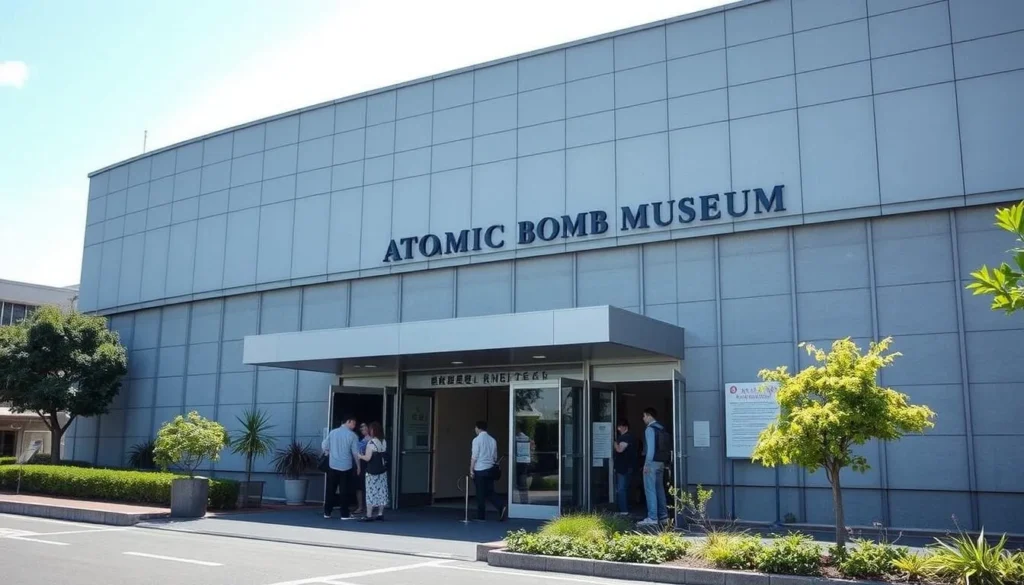
Atomic Bomb Museum & Hypocenter Park
The Nagasaki Atomic Bomb Museum provides a sobering look at the bombing and its aftermath through photographs, artifacts, and survivor testimonies. Nearby, Hypocenter Park marks the exact point where the bomb detonated, with a black monolith indicating the explosion’s epicenter. The park also features the one-legged torii gate of Sanno Shrine, which partially survived the blast and stands as a powerful symbol of both destruction and resilience.
Historical Sites: Nagasaki’s Cultural Fusion
Nagasaki’s unique history as Japan’s window to the world during its period of isolation created a fascinating blend of Japanese, Chinese, and European influences that can still be seen today.
Dejima
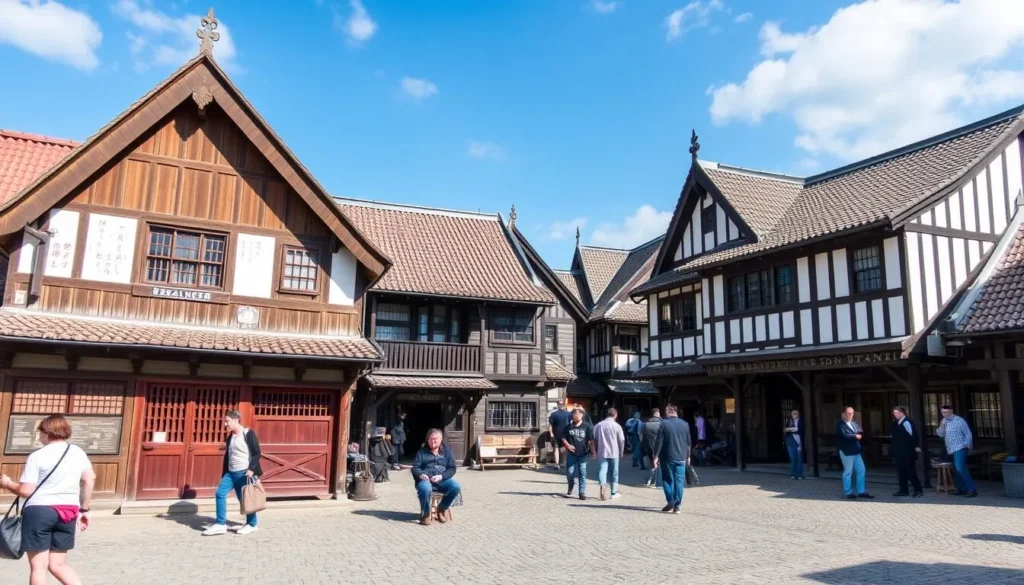
This fan-shaped artificial island served as the sole trading post for Europeans during Japan’s isolation period. For over 200 years, Dutch traders were confined to this tiny outpost, making it Japan’s only window to Western knowledge and culture. Today, Dejima has been meticulously reconstructed with period buildings that show how Dutch merchants lived and worked.
Don’t miss the fascinating exhibits on daily life, trade goods, and cultural exchange that took place here, offering insight into this unique chapter of Japanese history.
Glover Garden
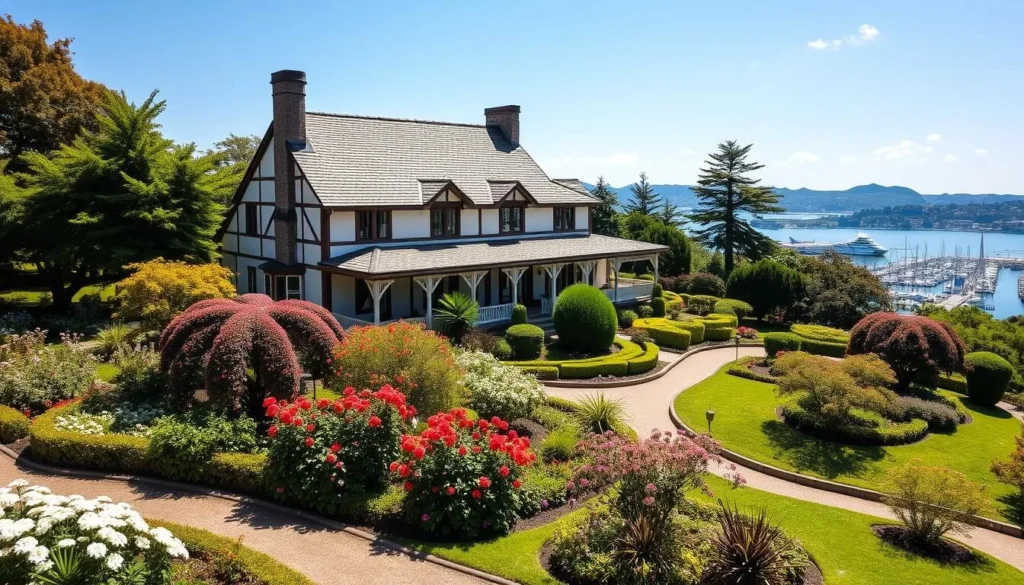
Perched on a hillside overlooking the harbor, this open-air museum features preserved Western-style mansions from the late 19th century. The centerpiece is the former residence of Scottish merchant Thomas Glover, the oldest surviving Western-style building in Japan and now a UNESCO World Heritage site.
The garden offers spectacular views of Nagasaki Harbor and displays that tell the story of the foreign merchants who helped modernize Japan after centuries of isolation.
Oura Cathedral
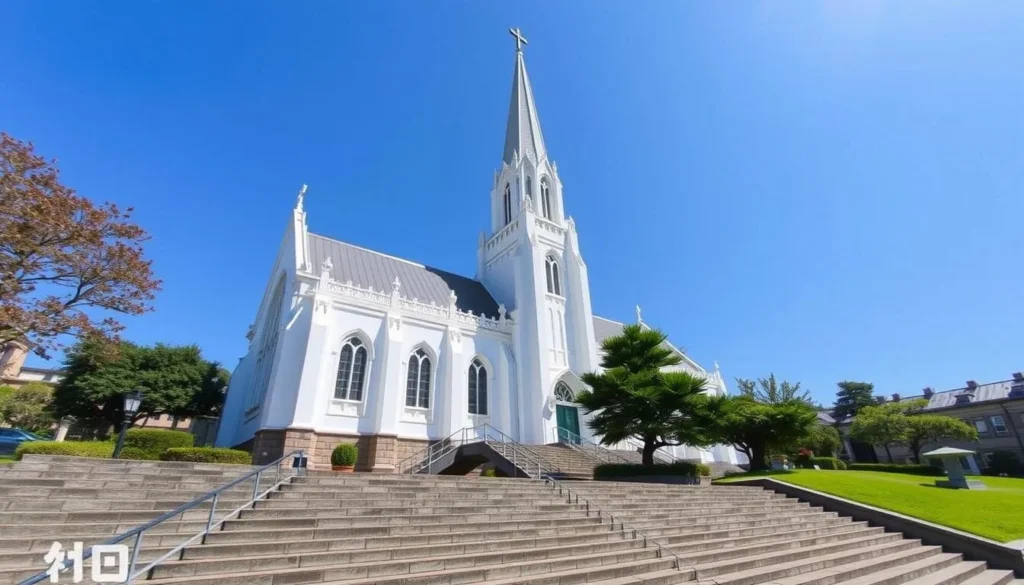
Japan’s oldest surviving Christian church, built in 1864 and dedicated to the 26 martyrs executed in 1597. This beautiful Gothic-style cathedral is a National Treasure and part of the “Hidden Christian Sites in the Nagasaki Region” UNESCO World Heritage designation.
The church’s stained glass windows and religious artifacts tell the story of Christianity in Japan, including the remarkable “hidden Christians” who maintained their faith in secret during centuries of persecution.
Explore Nagasaki’s Rich History
Discover these historical sites and more with a guided cultural tour:
Scenic Views: Nagasaki’s Natural Beauty
Surrounded by mountains and facing a beautiful harbor, Nagasaki offers some of Japan’s most spectacular urban views. The city’s unique topography creates numerous vantage points to appreciate its natural setting.
Mount Inasa (Inasayama)
For the most breathtaking view of Nagasaki, head to the summit of Mount Inasa, which rises 333 meters above the city. The observation deck offers a spectacular 360-degree panorama that has been ranked among the world’s top three night views alongside Hong Kong and Monaco.
The easiest way to reach the summit is via the Nagasaki Ropeway, a 5-minute cable car ride that operates until 10 PM, allowing visitors to enjoy both daytime and nighttime views. In spring, the mountain is covered with thousands of azalea blooms, adding splashes of color to the scenery.
Experience the magic of Nagasaki’s night view with a special evening tour:
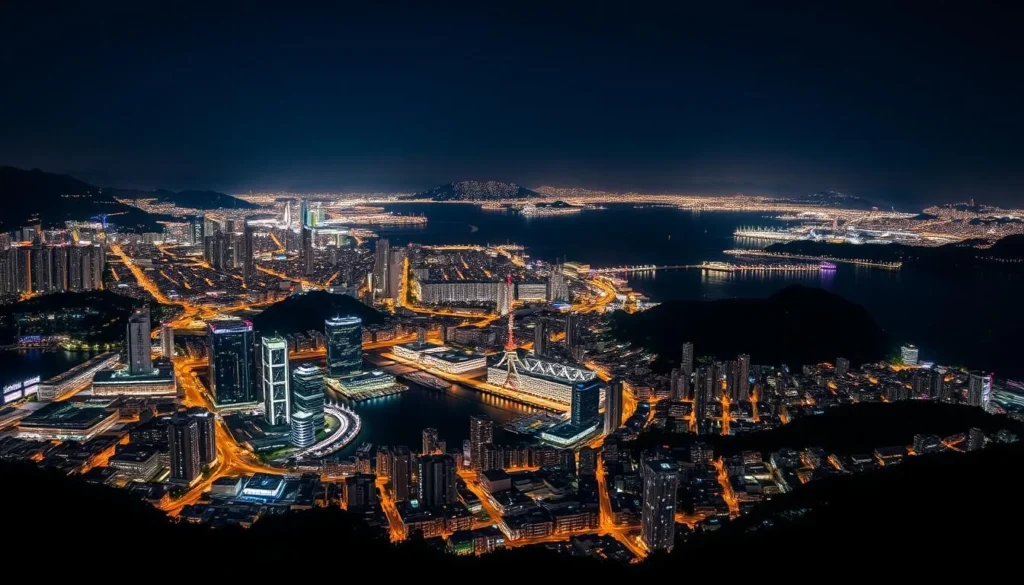
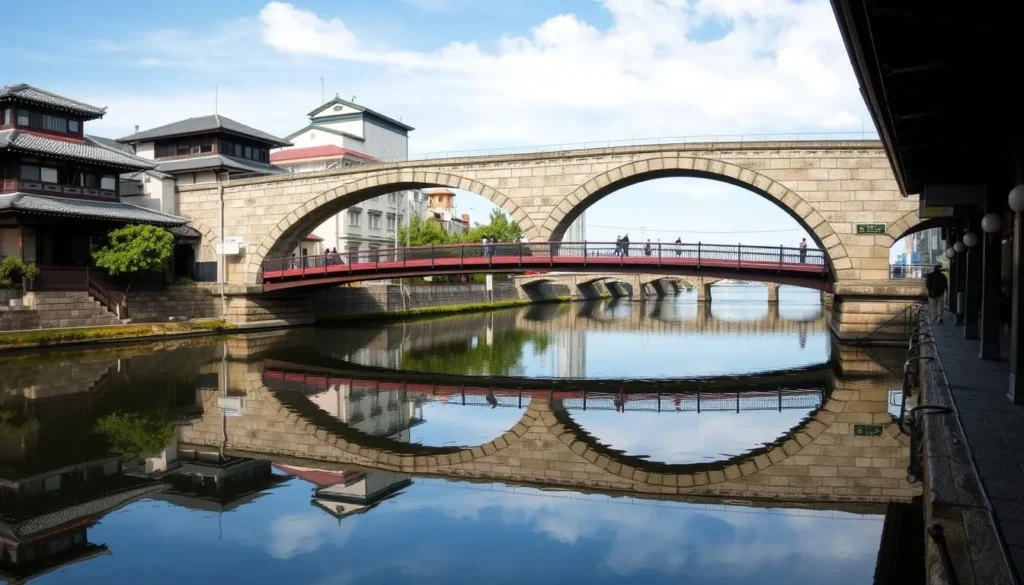
Spectacles Bridge (Meganebashi)
Built in 1634, this distinctive stone bridge is named for its double arches that, when reflected in the water below, resemble a pair of spectacles. It’s the oldest stone bridge in Japan and one of Nagasaki’s most photogenic spots, especially beautiful during cherry blossom season when pink petals float on the water.
The surrounding area features charming cafes and traditional buildings, making it perfect for a leisurely stroll. Local legend says finding the 20 heart-shaped stones hidden in the area will bring eternal love.
Nagasaki’s Unique Cuisine
Nagasaki’s food culture reflects its history as a trading port, blending Japanese, Chinese, Portuguese, and Dutch influences into distinctive local specialties you won’t find elsewhere in Japan.
Champon
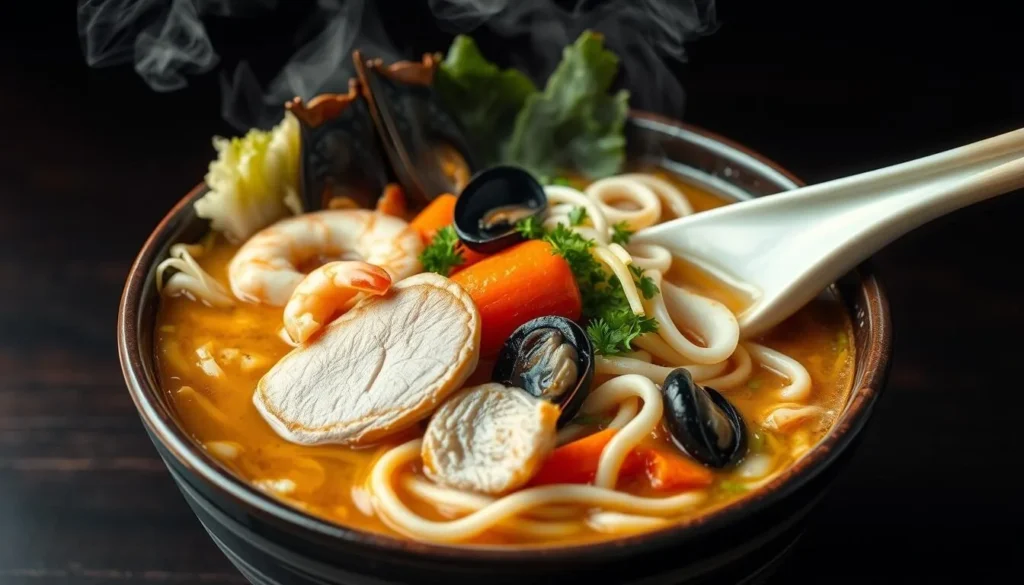
This hearty noodle dish was created to provide affordable, nutritious meals for Chinese students. It features thick noodles in a rich pork and chicken broth, topped with stir-fried pork, seafood, and vegetables. The best place to try authentic champon is at Shikairou Restaurant in Chinatown, where the dish was invented in 1899.
Castella
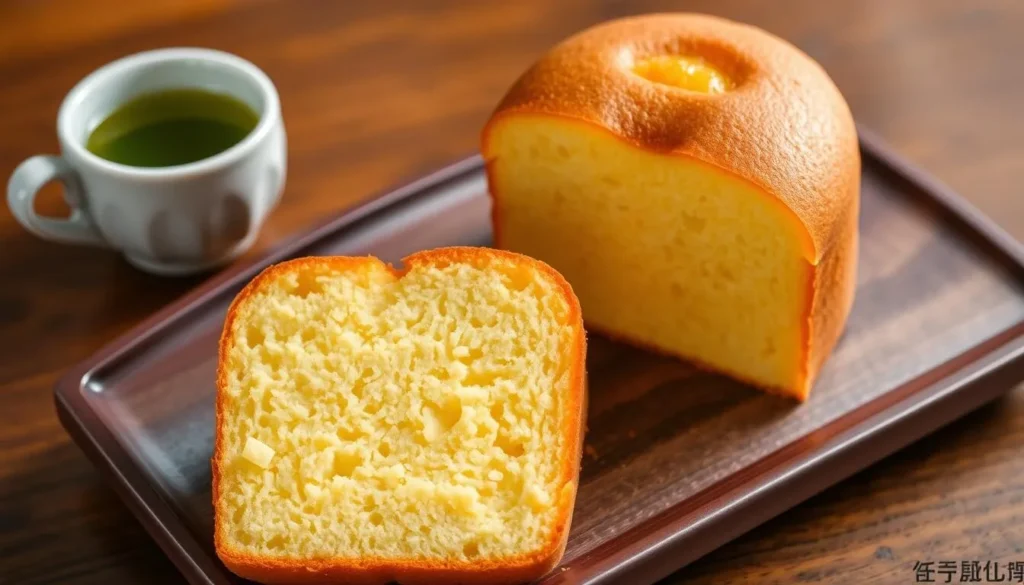
This Portuguese-influenced sponge cake has been a Nagasaki specialty for over 400 years. Made from simple ingredients—eggs, flour, sugar, and honey—castella has a uniquely moist, fluffy texture. Visit Fukusaya, a bakery operating since 1624, to taste this treat made from a centuries-old recipe. It’s perfect as a souvenir or with afternoon tea.
Sara Udon
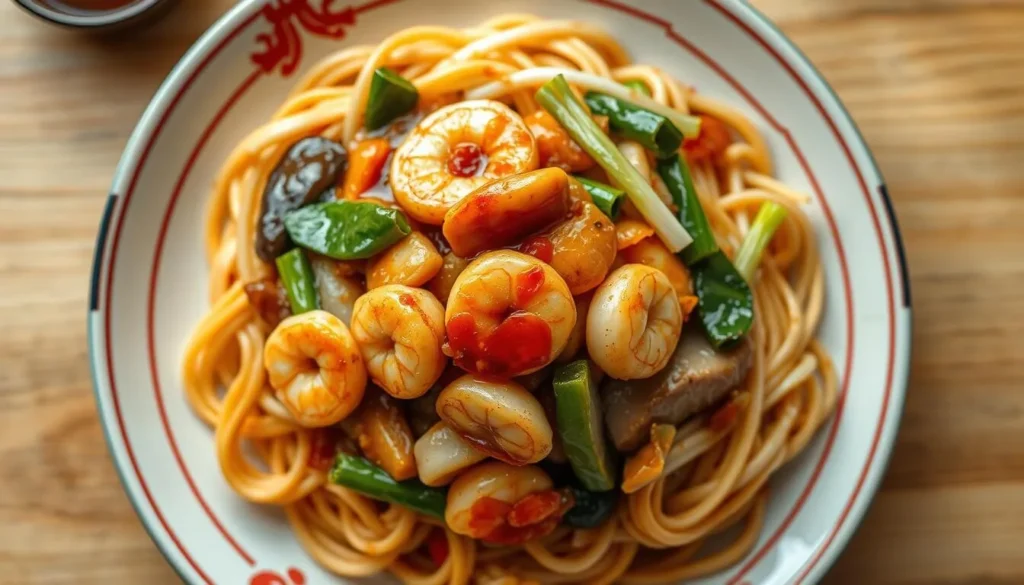
Similar to champon in toppings but served with crispy fried noodles instead of soup, sara udon offers a delightful textural contrast between the crunchy base and savory sauce. The dish shows clear Chinese influence but has evolved into a distinctly Nagasaki specialty, best enjoyed in the city’s historic Chinatown district.
Taste Nagasaki’s Culinary Treasures
Discover the city’s unique food culture with a guided culinary tour:
Cultural Experiences in Nagasaki
Beyond its major attractions, Nagasaki offers unique cultural experiences that showcase its diverse heritage and traditions.
Nagasaki Chinatown (Shinchi)
Japan’s oldest Chinatown occupies one vibrant city block filled with Chinese restaurants, shops, and temples. During the Lunar New Year, the area transforms for the spectacular Nagasaki Lantern Festival, when thousands of colorful lanterns illuminate the streets and create a magical atmosphere.
Even outside festival times, this is the perfect place to sample authentic Chinese-influenced Nagasaki specialties like champon and sara udon, or browse for unique souvenirs.
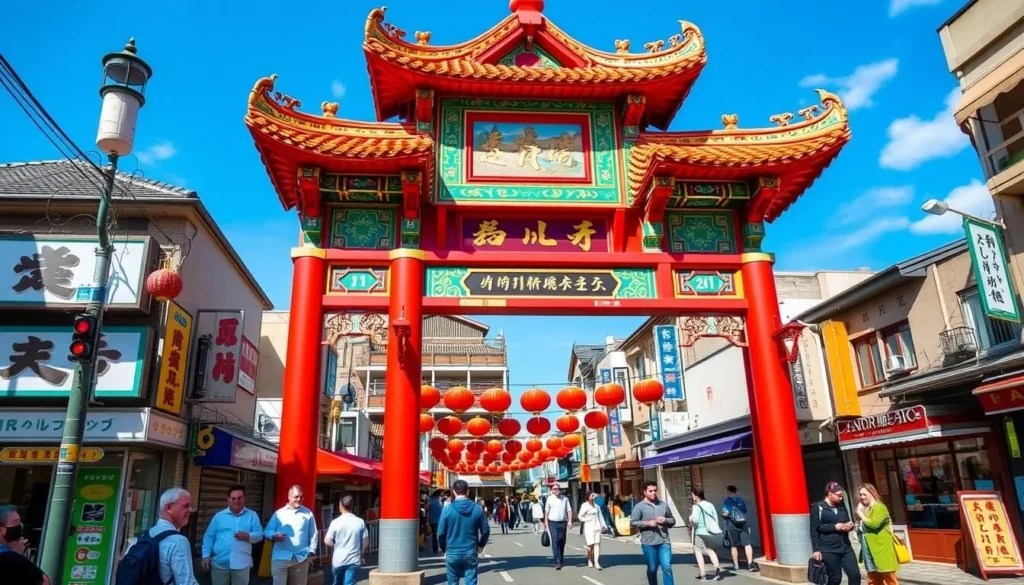
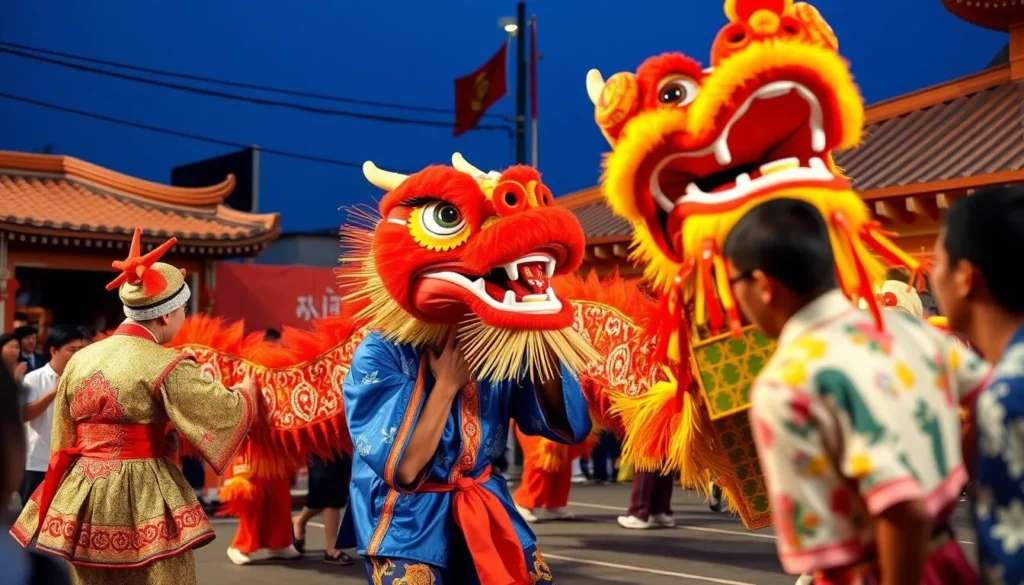
Nagasaki Kunchi Festival
This vibrant autumn festival held annually from October 7-9 dates back over 380 years. The highlight is the spectacular dance performances that blend Japanese, Chinese, and Dutch influences—a perfect representation of Nagasaki’s multicultural heritage.
Neighborhood groups perform with elaborate floats, including the famous “Dragon Dance” and “Dutch Ship Dance.” If you’re visiting during this time, book accommodations well in advance, as the festival draws large crowds from across Japan.
Experience Nagasaki’s Cultural Diversity
Plan your visit around one of Nagasaki’s vibrant festivals:
Day Trips from Nagasaki
The areas surrounding Nagasaki offer fascinating destinations that make perfect day trips from the city.
Gunkanjima (Battleship Island)
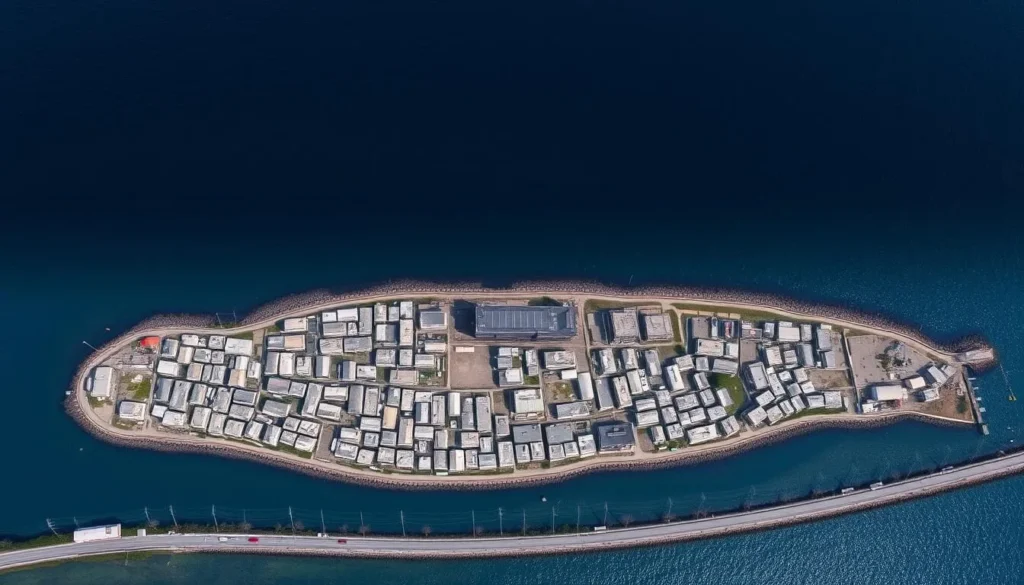
This abandoned island, officially called Hashima, earned its nickname “Battleship Island” from its silhouette. Once home to a thriving coal mining community with the world’s highest population density, it was abandoned in 1974 and is now a UNESCO World Heritage site. Tour boats depart regularly from Nagasaki Port, offering a fascinating glimpse into Japan’s industrial past.
Unzen Onsen
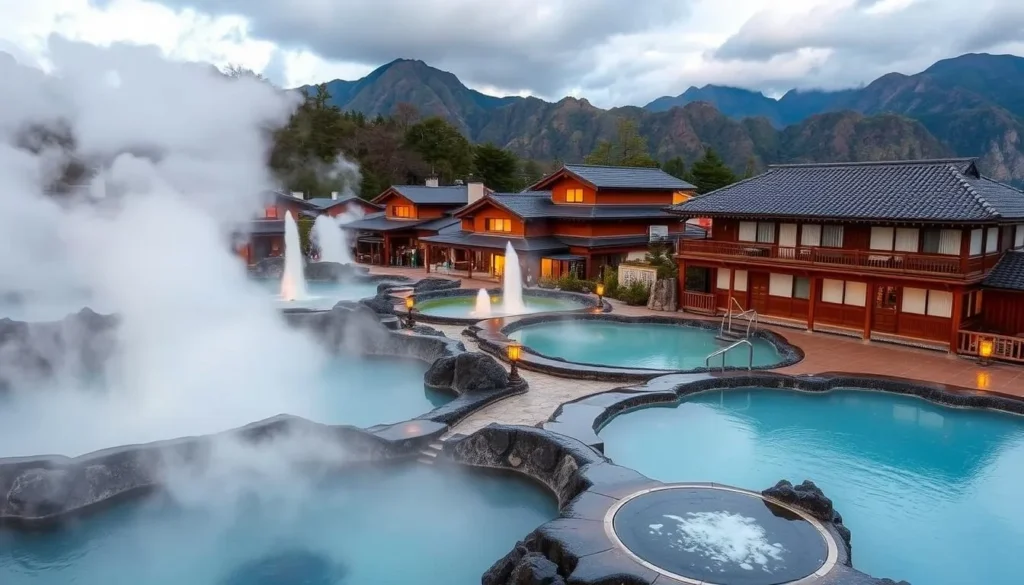
Japan’s first national park features dramatic volcanic landscapes and rejuvenating hot springs. The “Hells of Unzen” showcase bubbling pools and steaming vents in an otherworldly setting. The area offers excellent hiking opportunities and traditional ryokan where you can experience authentic Japanese hot spring baths. Accessible by bus from Nagasaki, it makes an ideal nature retreat.
Shimabara Peninsula
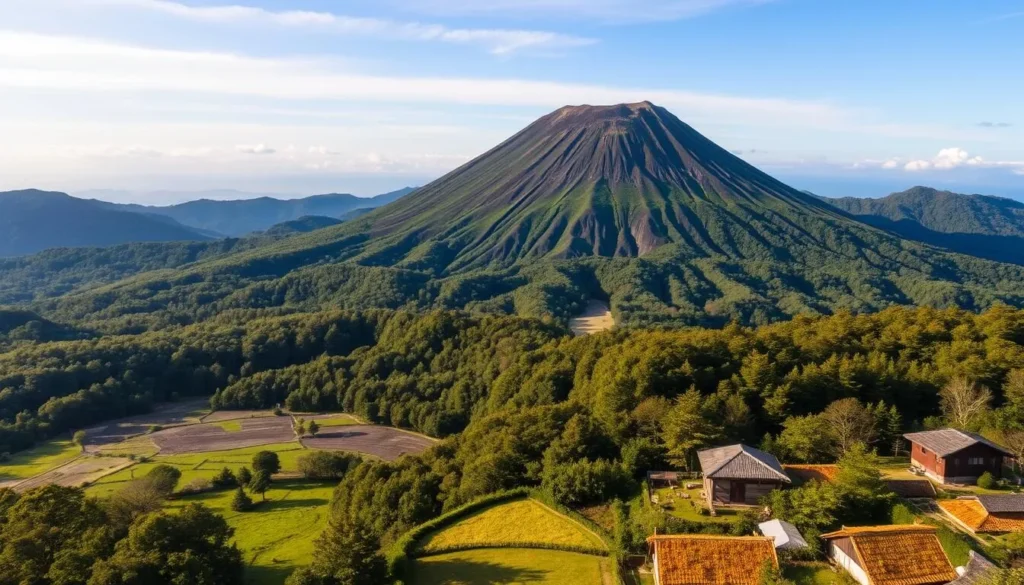
This scenic peninsula is home to Mount Unzen, an active volcano with hiking trails and spectacular views. Visit the samurai district in Shimabara City with its preserved historic houses and water channels, or explore Shimabara Castle with its Christian history museum. The area played a significant role in the Shimabara Rebellion, an important event in the history of Christianity in Japan.
Practical Tips for Visiting Nagasaki
Language
While English signage is available at major tourist sites, having a translation app can be helpful. Learning a few basic Japanese phrases will be appreciated by locals. Most restaurants have picture menus or food displays that make ordering easier.
Money
Japan remains largely cash-based, especially outside major cities. Ensure you have enough yen for smaller establishments. ATMs at 7-Eleven convenience stores reliably accept foreign cards. Major hotels and department stores accept credit cards.
Etiquette
When visiting temples and shrines, follow posted guidelines for respectful behavior. Remove shoes when indicated in traditional establishments. Tipping is not customary in Japan—good service is the standard expectation.
Internet Access
Free Wi-Fi is available at major tourist spots, hotels, and some cafes. For continuous connectivity, consider renting a pocket Wi-Fi device or purchasing a Japanese SIM card at the airport.
Safety
Nagasaki is extremely safe, with very low crime rates. The biggest concerns for travelers are usually minor issues like getting lost. The city’s tourist information centers can provide assistance in multiple languages.
Weather Preparedness
Nagasaki can be quite humid in summer, so light, breathable clothing is recommended. Spring and autumn may require layers as temperatures can vary. Winter is mild but can still require a warm jacket, especially in the evenings.
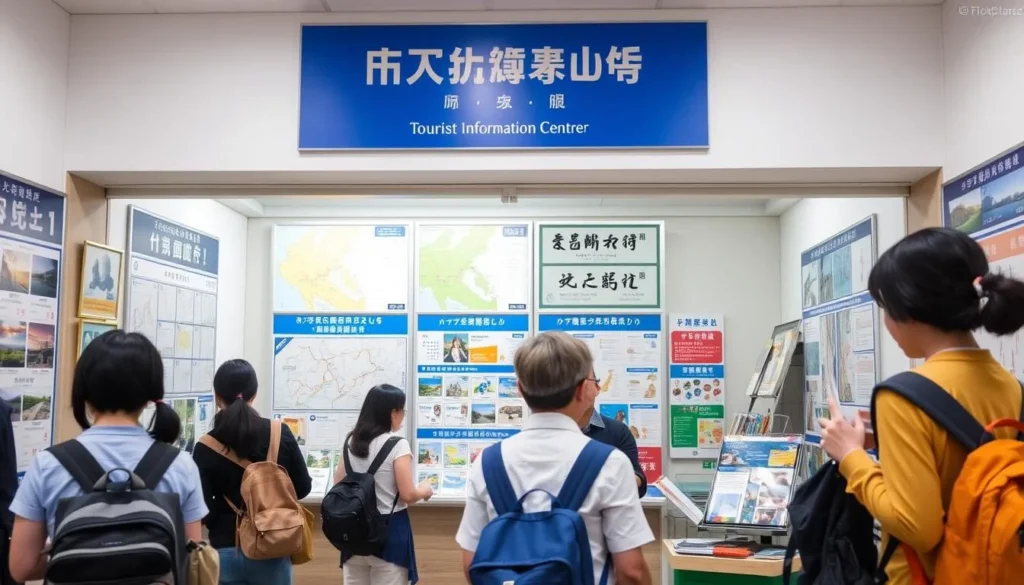
Experience the Magic of Nagasaki
Nagasaki offers a truly unique Japanese experience that can’t be found anywhere else in the country. From its moving peace memorials to its fascinating cultural fusion, spectacular views, and delicious cuisine, this resilient city rewards visitors with unforgettable experiences at every turn. Whether you’re tracing the footsteps of foreign traders who once called this port home, reflecting on history at the peace memorials, or simply enjoying the spectacular night view from Mount Inasa, Nagasaki’s special charm will leave a lasting impression. Start planning your journey to this remarkable city where East truly meets West in the most captivating way.
Ready to Explore Nagasaki?
Start planning your perfect Nagasaki adventure today:
—
The above is subject to change.
Check back often to TRAVEL.COM for the latest travel tips and deals.
